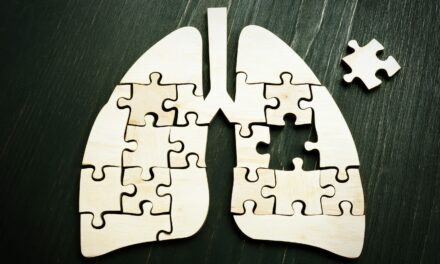Fewer deaths and serious illnesses have occurred in the US over the past decade as a result of cleaner air, according to a new report focusing on the two most potent air pollutants: fine particulate matter (PM2.5) and ground-level ozone (O3). Researchers emphasized, however, the clean air improvements are almost entirely due to reductions in PM2.5 pollution while O3 levels remain unchanged.
The report is part of the ATS and NYU Marron Institute’s annual “Health of the Air” series, which estimates health impacts from air pollution for every US city.
Researchers report that mortality impacts of air pollution above ATS-recommended levels fell by nearly half in the last decade as most US counties have seen significant improvements in PM2.5, while health impacts from O3 pollution has “remained stubbornly high.”
The report’s findings are based on the ATS’s recommendations for PM2.5 (11 ?g/cm3 for annual concentrations and 25 ?g/cm3 for short-term concentrations) and O3 (60 ppb), which are more protective than those adopted by the US EPA.
Using air quality data from more than 500 counties with PM2.5 data and more than 700 counties with O3 data, the researchers estimated the annual health impacts from air pollution from 2008-17. In 2017, the most recent year that pollution data is available, the number of excess deaths from air pollution were:
- 7,140 excess deaths from both pollutants combined, down from 12,600 excess deaths in 2010;
- 3,260 excess deaths from PM5, down from 8,330 excess deaths in 2010;
- 3,880 excess deaths from O3, down from 4,270 excess deaths in 2010.
Based on the levels of the two pollutants, the researchers also quantified serious illnesses (morbidities) and missed school and work days (impacted days). In 2017, the most recent year that pollution data is available, PM2.5 pollution above recommended levels was estimated to cause an additional 5,600 morbidities and 2,804,000 impacted days. That same year, O3 pollution above recommended levels was estimated to cause 10,080 morbidities and 11,600,000 impacted days.
The latest report found that in addition to the lack of consistent improvement in the health impacts associated with O3, the rate of improvement for PM2.5 pollution has also started to level off. Without further efforts at the federal and local levels to reduce the two air pollutants, it is likely that the health impacts from air pollution could increase over time as populations grow, according to the authors.
“The proposed roll back of several Clean Air Act regulations and the proposed roll back of the greenhouse gas standard for automobiles will make it hard for communities to maintain their air quality, and even harder for cities with poor air quality to clean up,” said report co-author Gary Ewart, MHS, chief of ATS advocacy and government relations.
The authors also noted that the effects of wildfires contributing to pollution levels above EPA regulatory levels were excluded from the study, but their increasing frequency and severity may limit the improvements in health that cities and counties can achieve by reducing other air pollution sources.
The latest report is also available online at www.HealthoftheAir.org. There, readers can find lists for the top cities for excess health impacts attributable to the two pollutants, individually and combined, as well as lists of cities that have shown the most improvement over the past decade. In addition, the site includes a map showing the distribution of health impacts across the county.
Both the report and the online tool identify the top ten cities for adverse health impacts from PM2.5 and O3:
| Rank | City | Annual Excess Mortality(PM2.5 and O3) | Ranking in 2010 |
| 1 | Los Angeles-Long Beach-Glendale, CA | 1,322 | 1 |
| 2 | Riverside-San Bernardino-Ontario, CA | 940 | 2 |
| 3 | Bakersfield, CA | 293 | 6 |
| 4 | Pittsburgh, PA | 232 | 3 |
| 5 | Fresno, CA | 225 | 11 |
| 6 | New York-Jersey City-White Plains, NY-NJ | 188 | 5 |
| 7 | Phoenix-Mesa-Scottsdale, AZ | 152 | 19 |
| 8 | Visalia-Porterville, CA | 131 | 23 |
| 9* | Cleveland-Elyria, OH | 116 | 8 |
| 10* | Chicago-Naperville-Arlington Heights, IL | 122 | 4 |
*Rankings based on a weighting of the combined health impacts of air pollution, including mortality, lung cancer, morbidity and impacted days.










